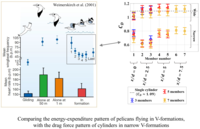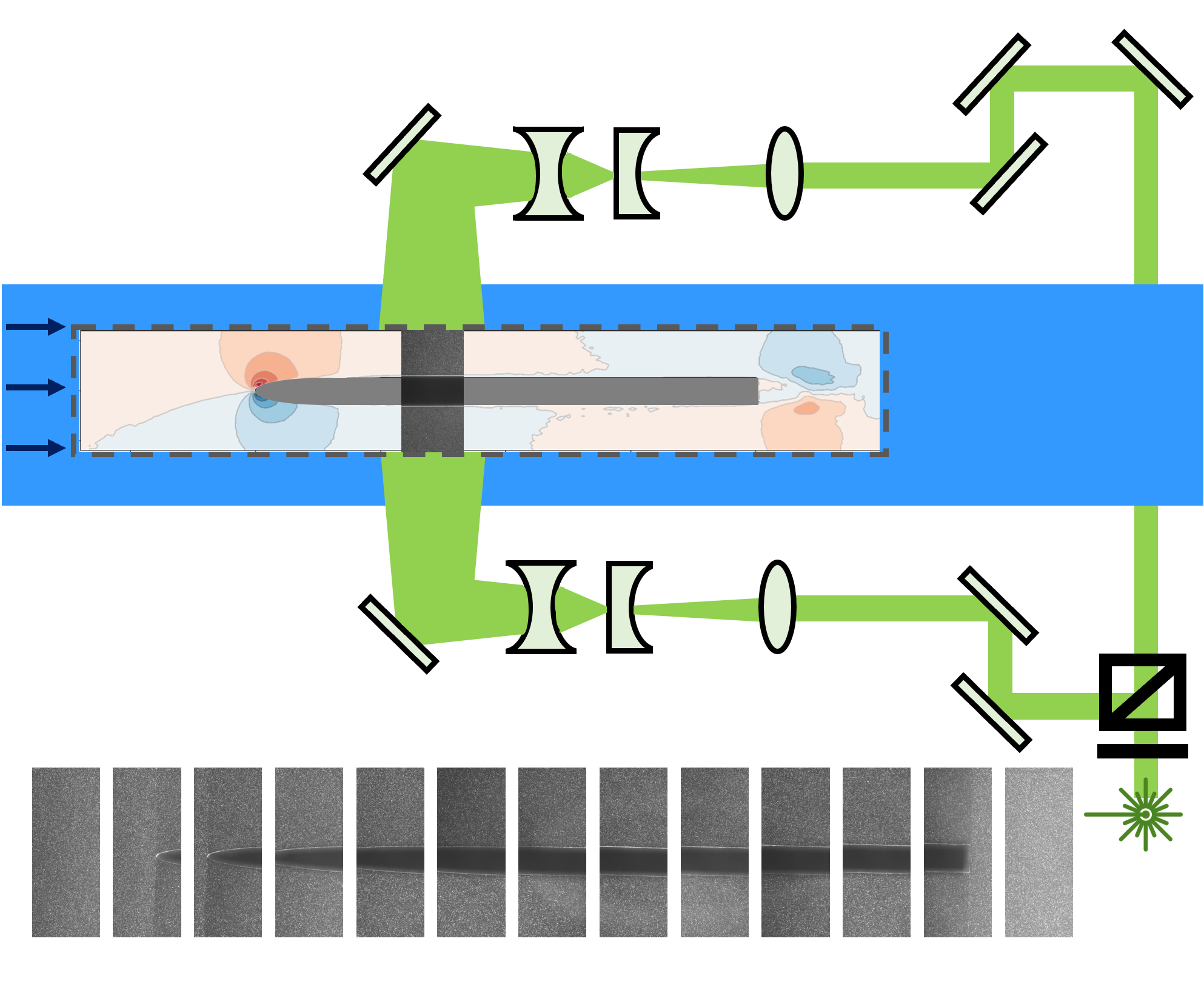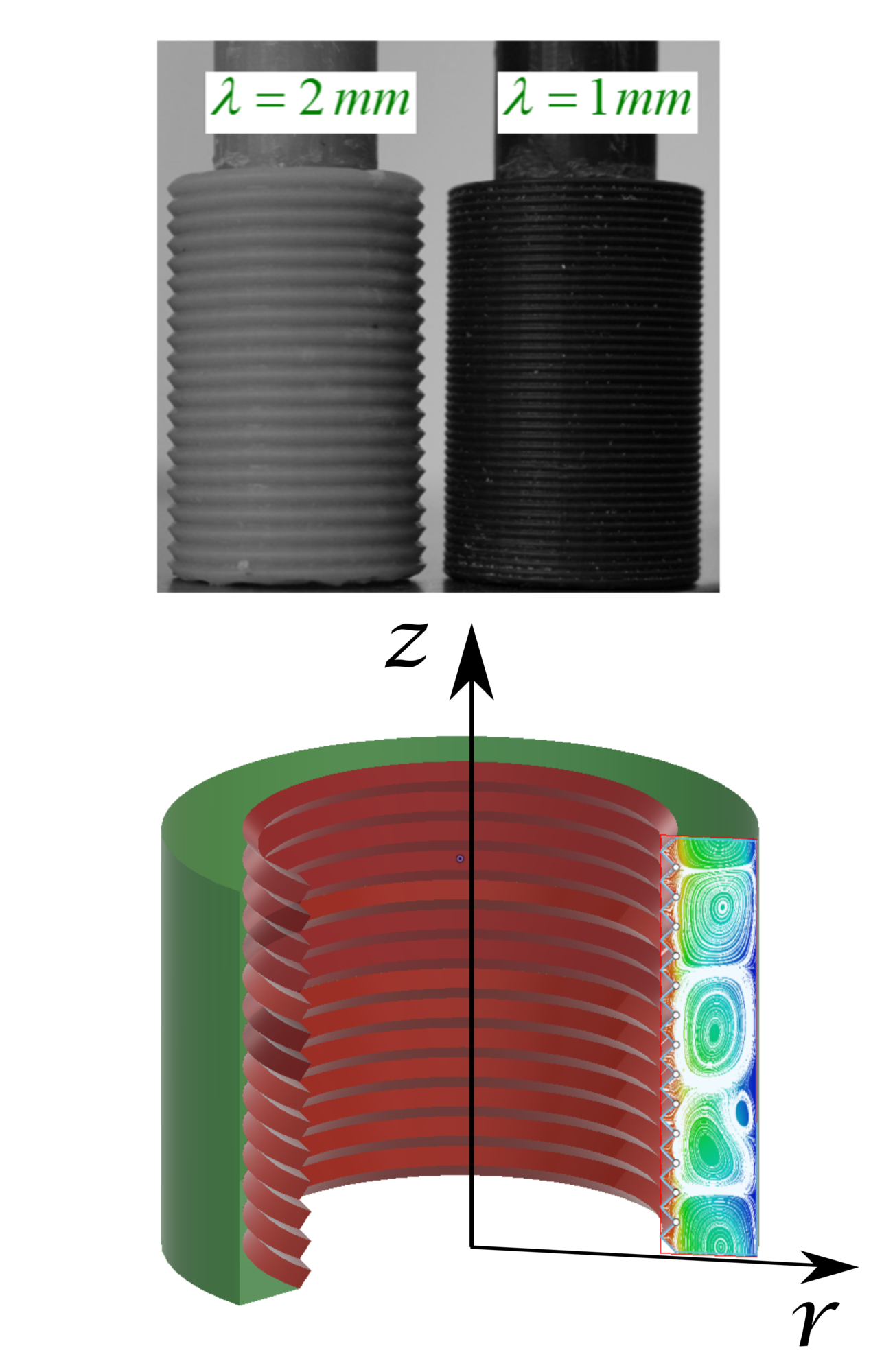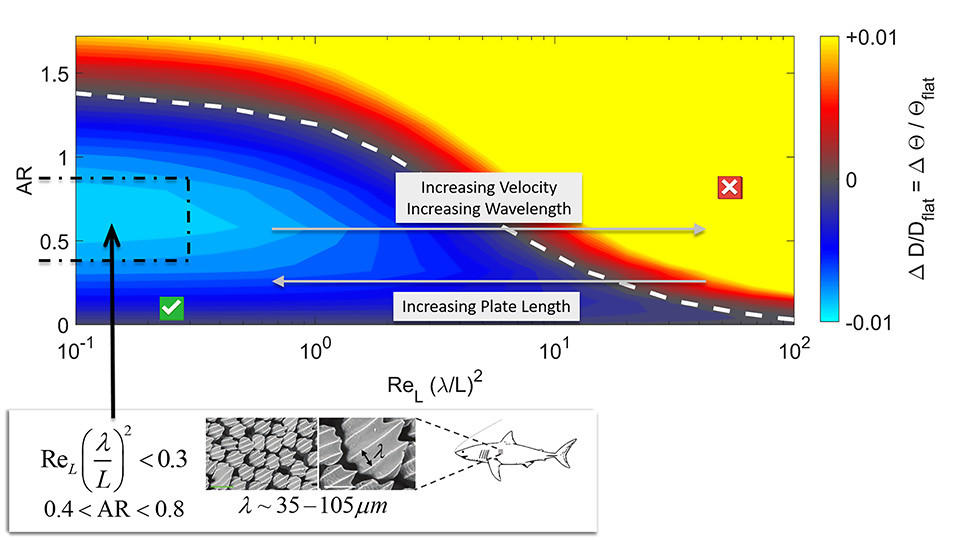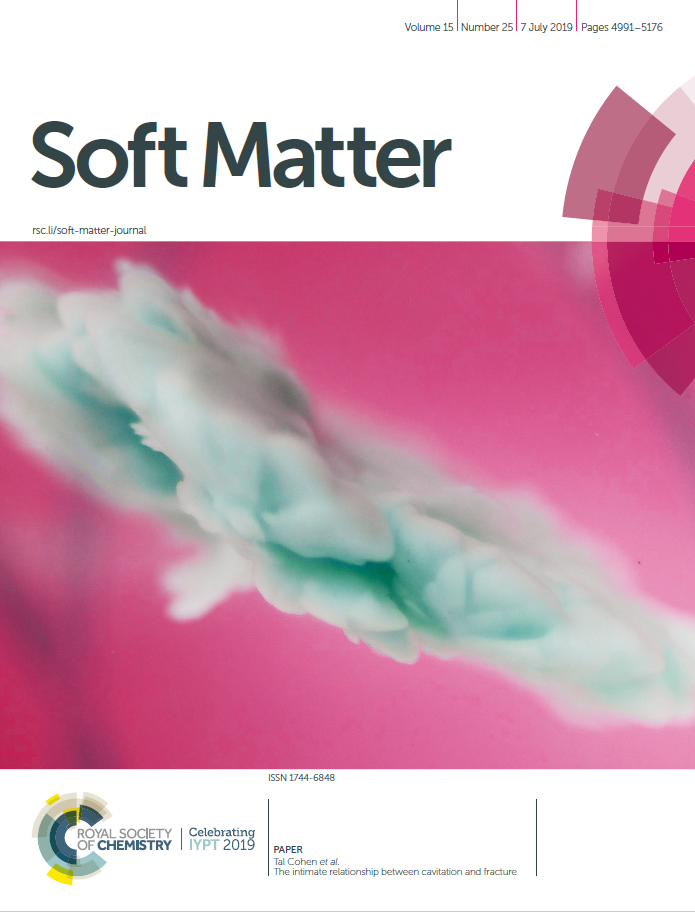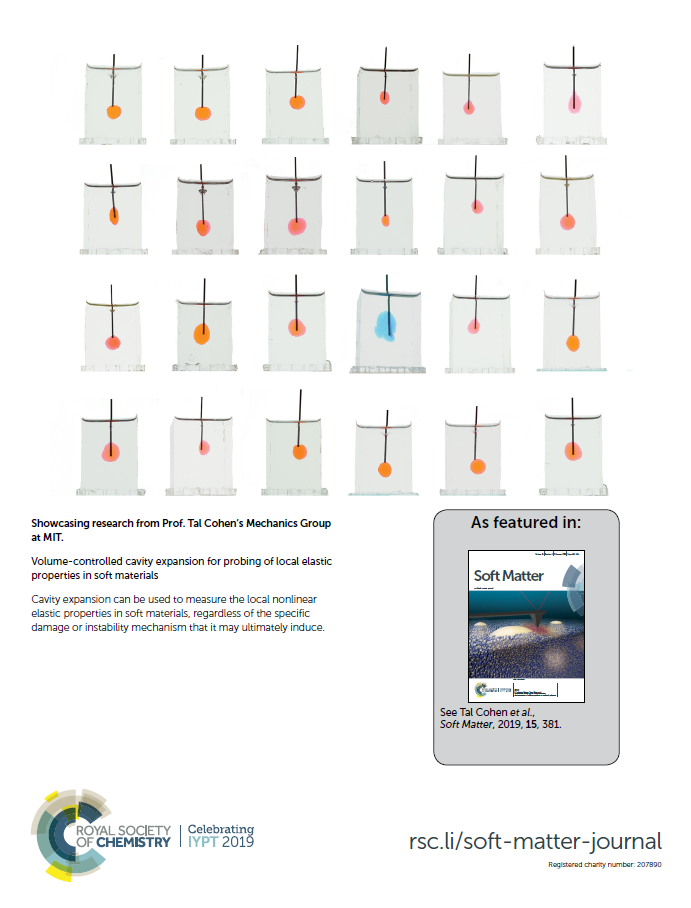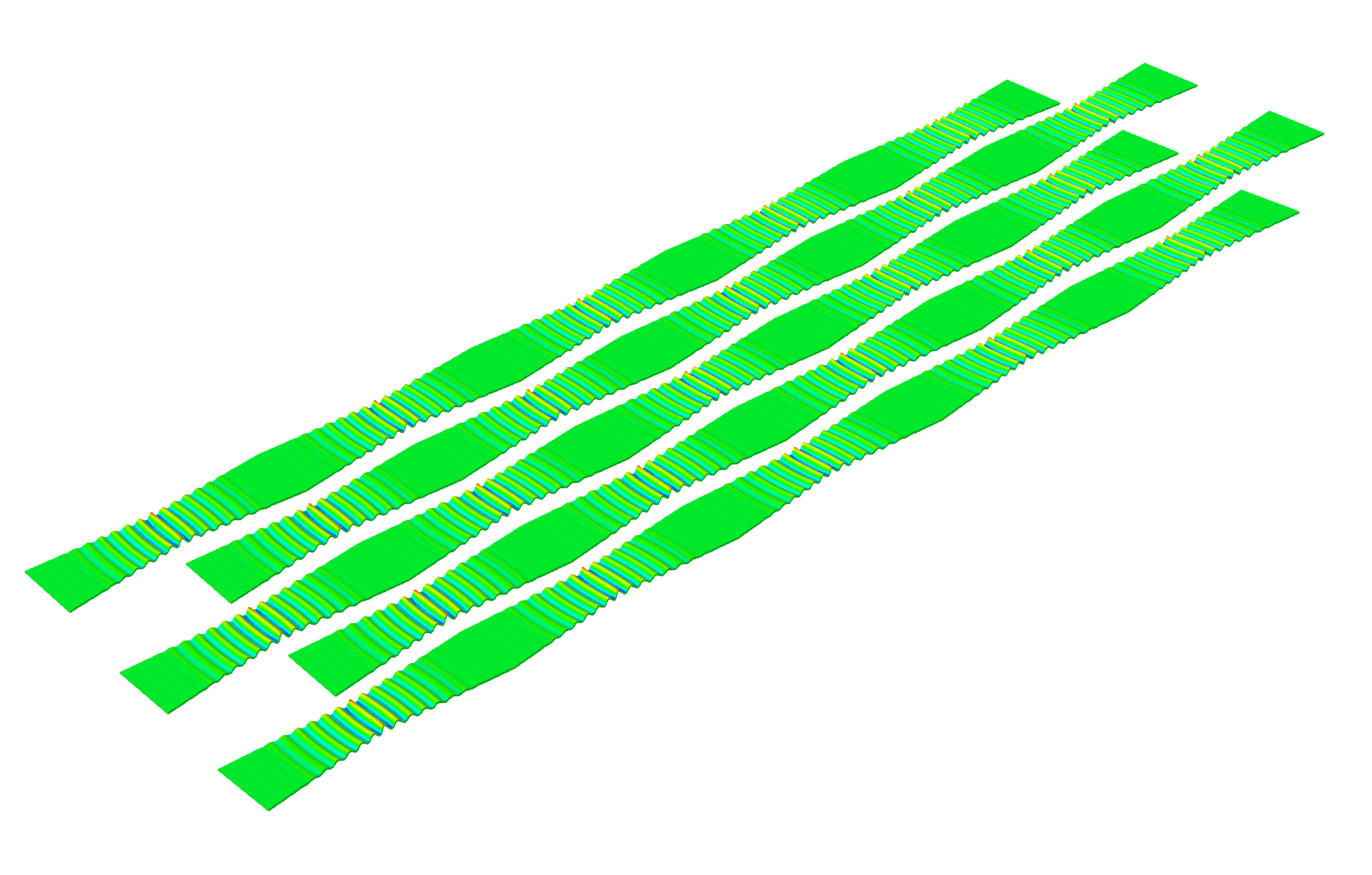Citation:
Abstract:
Changes in the elastic properties of brain tissue have been correlated with injury, cancers, and neurodegenerative diseases. However, discrepancies in the reported elastic moduli of brain tissue are persistent, and spatial inhomogeneities complicate the interpretation of macroscale measurements such as rheology. Here we introduce needle induced cavitation rheology (NICR) and volume-controlled cavity expansion (VCCE) as facile methods to measure the apparent Young's modulus E of minimally manipulated brain tissue, at specific tissue locations and with sub-millimeter spatial resolution. For different porcine brain regions and sections analyzed by NICR, we found E to be 3.7 ± 0.7 kPa and 4.8 ± 1.0 kPa for gray matter, and white matter, respectively. For different porcine brain regions and sections analyzed by VCCE, we found E was 0.76 ± 0.02 kPa for gray matter and 0.92 ± 0.01 kPa for white matter. Measurements from VCCE were more similar to those obtained from macroscale shear rheology (0.75 ± 0.06 kPa) and from instrumented microindentation of white matter (0.97 ± 0.40 kPa) and gray matter (0.86 ± 0.20 kPa). We attributed the higher stiffness reported from NICR to that method's assumption of a cavitation instability due to a neo-Hookean constitutive response, which does not capture the strain-stiffening behavior of brain tissue under large strains, and therefore did not provide appropriate measurements. We demonstrate via both analytical modeling of a spherical cavity and finite element modeling of a needle geometry, that this strain stiffening may prevent a cavitation instability. VCCE measurements take this stiffening behavior into account by employing an incompressible one-term Ogden model to find the nonlinear elastic properties of the tissue. Overall, VCCE afforded rapid and facile measurement of nonlinear mechanical properties of intact, healthy mammalian brain tissue, enabling quantitative comparison among brain tissue regions and also between species. Finally, accurate estimation of elastic properties for this strain stiffening tissue requires methods that include appropriate constitutive models of the brain tissue response, which here are represented by inclusion of the Ogden model in VCCE.

